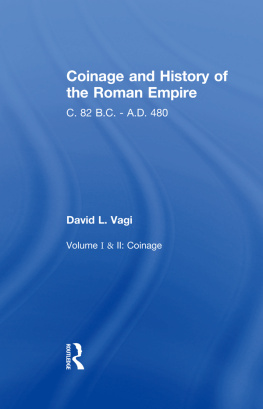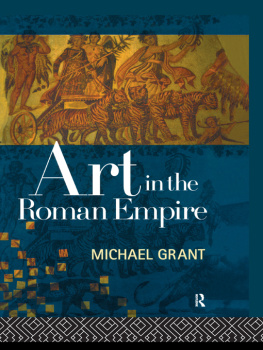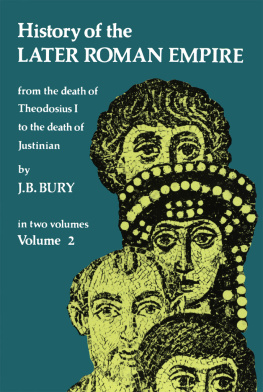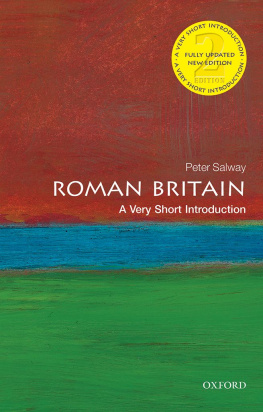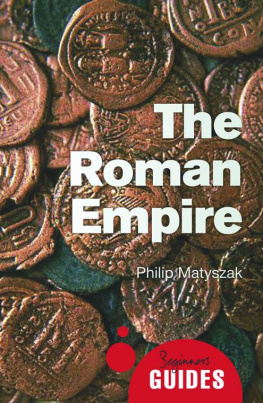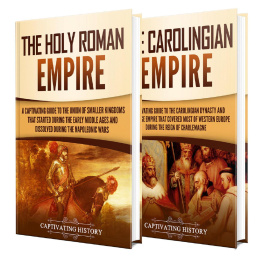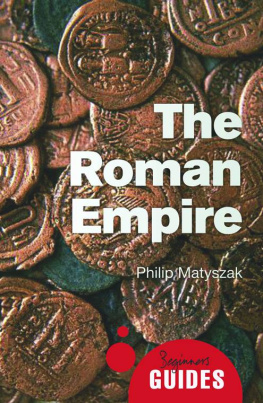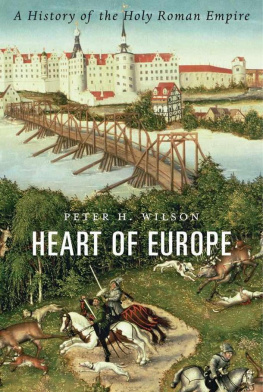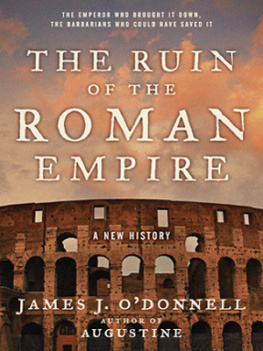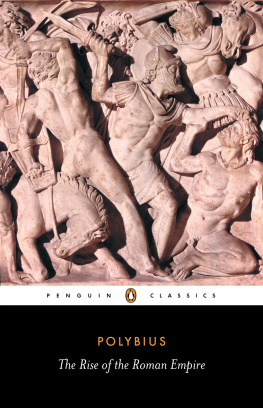In 1984 Alexander Demandt published Der Fall Roms. Over six hundred pages, he gives a systematic survey of a huge range of explanation for the fall of the Roman Empire suggested by scholars from the Renaissance to the present. For a professional historian this is deeply depressing reading. It is a demonstration of the ephemeral nature of historical research and of the impossibility of reaching definitive answers to the great problems of history.
But the reason why the book is so depressing is not because it shows that historical research is futile but because it provides condensed summaries of conclusions of historical research. The result of scientific research can be summed up in compact formulae. Historical research cannot. If, instead of looking at a compilation of summaries, you look at the individual studies that is not depressing at all. You become aware of what highly intelligent people of a particular time have thought about these momentous events, which factors they considered important, which they neglected, and how their selection was influenced by concerns outside their scholarship. You become acquainted with the thoughts of the scholars themselves, and also with the concerns of the world which had produced the scholars and which they were addressing. It is from this point of view that I intend to approach the work of A.H.M. Jones.
Of books on Ancient History that have appeared in my lifetime and in a language I have been able to read, Jones Later Roman Empire is to my mind much the greatest. This is not only, I think, because A.H.M. Jones was my teacher, as he was John Manns and of many of us here; the Later Roman Empire dominates the literature on the Later Empire during our times much as Mommsens Staatsrecht did literature on earlier periods of Roman history in Mommsens time and since.
Greatness apart, the Later Roman Empire has another feature in common with the Staatsrecht. It has assembled an incredibly vast amount of material in a systematic, logical and easily consultable way. Jones did for the Later Empire what Mommsen had done for the Republic. It is a safe prophecy that both books will be consulted as long as Ancient History is studied at universities. The Later Roman Empire is indeed a monumentum aere perennius.
A great deal has been written about Mommsen but very little about the background of the writing of A.H.M. Jones. When preparing this article I found articles by Peter Brunt (1981), J. Crook (1971), A. Momigliano (1965) and P. Brown (1967) helpful. The first three knew him as colleagues. None has anything about his intellectual development. Jones was, as many here must have experienced, a very private person indeed. I made some enquiries about papers that he might have left, but without result. But the question why or how Jones came to write as he did is an interesting one; Jones writings stand apart from the books on Ancient History produced in Britain by his contemporaries.
In the thirties Jones began to write large books at a time when British scholars on the whole wrote text books and articles on a small scale (see reviews in JRS and JHS of the 1920s). He was concerned with the Hellenistic and late periods when most work was on the classical period. His interest was in the provinces, when others mainly wrote on Rome. He was concerned with administrative, social and economic history when the main emphasis was on political history, and in the case of Hugh Last, constitutional history. How did Jones become Jones?
There was a British tradition of late Roman and Byzantine history represented by Bury and Baynes. These two undoubtedly great historians were quite different from each other, and also totally different from Jones. According to John Crook (letter to author) Jones used to say that he intended the Later Roman Empire to be a continuation of Rostovtzeffs Social and Economic History of the Roman Empire. This may seem surprising, because the two books are different in so many ways. Nevertheless, it is likely that Jones research interests were decisively affected by the appearance of Rostovtzeffs book in 1926, the year in which Jones took Greats and started on research. Momigliano has recorded the unforgettable impression that Rostovtzeffs book made on its first appearance with its plates of archaeological evidence, its overwhelming learning and uncanny gift of bringing things ancient to life (1954: 334).
There is internal evidence for dependence. The Later Roman Empire starts more or less where the Social and Economic History of the Roman Empire finishes. Like Rostovtzeff, but quite in his own way, Jones was interested in periods later than the classical, in the provinces and their cities rather than the capital, and in social and economic history rather than politics and wars. Besides, Jones and Rostovtzeff had a basic idea or insight in common: both postulated a sharp conflict of interest between peasantry and the inhabitants of cities, particularly the ruling classes of cities, who built their elegant way of life on rents drawn from the peasantry. Rostovtzeff saw the crisis of the third century as a consequence of resentment by the peasants of what he calls bourgeois civilisation. Jones saw the same conflict from the peasants point of view. In his reconstruction, exploitation of the peasantry led not to violent reaction but to apathy and demographic decline (1964: 81012, 8223).




